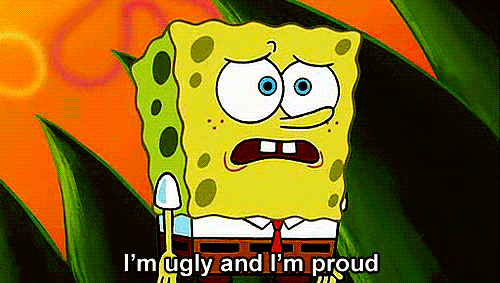The setting of The Strange Case of Dr. Jekyll and Mr. Hyde marks a shocking transition between the comfortable London setting first introduced, to a nightmarish realm brought on by Mr. Hyde. Though Jekyll and Hyde mirrors the creepy gothic settings of Dracula and The Hound of the Baskervilles, this dramatic shift in mood is truly scary, as it shows how the familiar is altered to create the horrific. Supernatural themes are evident from the descriptions of fog, mist, and vacant London streets. Following the murder of Danvers Carew, Mr. Utterson notes how “the dismal quarter of Soho seen under these changing glimpses, with its muddy ways, and slatternly passengers, and its lamps, which had never been extinguished or had been kindled afresh to combat this mournful reinvasion of darkness, seemed in the lawyer’s eyes, like a district of some city in a nightmare” (16). Mr. Hyde has changed London into some sort of twisted realm by introducing his cruelty and wickedness to the scene.
All three novels describe dark, chilling settings, but only in The Strange Case of Dr. Jekyll and Mr. Hyde is there such a change between the original, lighthearted setting, to the colder, more gothic setting described later on. Essentially, London changes from a place of safety to one of darkness and emptiness. While Dracula displays a similarly mysterious and spooky setting, it seems that it has existed as such since the beginning of time; no recent development changed Transylvania into a gothic, mysterious land – it has always existed as such. Though Transylvania is undeniably creepy, with its “dark, rolling clouds overhead, and in the air the heavy, oppressive sense of thunder,” this setting is significantly less striking than the change that occurs in London after the murder of Danvers Carew (14). While Mr. Utterson and Mr. Enfield had previously noted how “the shop fronts [of London] stood along that thoroughfare with an air of invitation, like rows of smiling saleswomen,” Danvers Carew’s murder seems to have completely altered London, as if his death set a gloom over the entire city (2). This transition, from the comfortable and familiar to the disturbing and strange, provokes an unsettling feeling in readers, and is perhaps what makes Jekyll and Hyde seem even more frightening than Dracula and The Hound of the Baskervilles, despite its lack of a supernatural monster.
